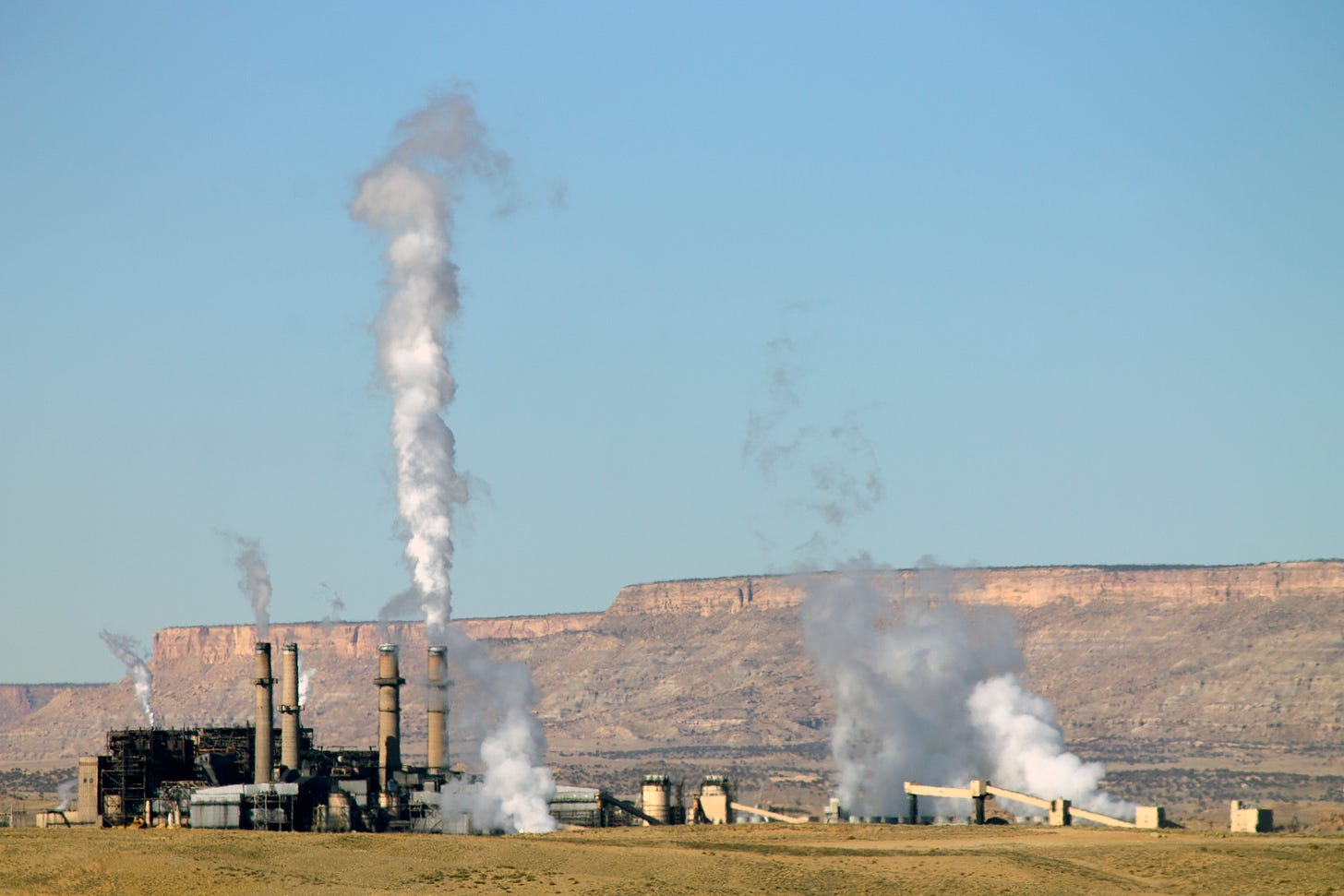The coal-tainted poison pill in the climate bill ...
... and other briefs

Well, hot diggety damn, folks. It looks like the Democrats finally convinced that coal-lovin’ West Virginian Sen. Joe Manchin to get …


Well, hot diggety damn, folks. It looks like the Democrats finally convinced that coal-lovin’ West Virginian Sen. Joe Manchin to get …
